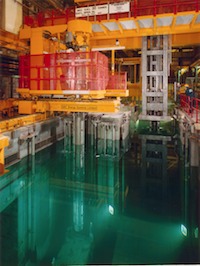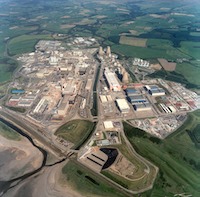Sellafield is one of the most complex and compact nuclear sites. Activities are centred around remediation, decommissioning and clean up of the historic legacy. The site is also home to the Thorp and Magnox reprocessing plants, the Sellafield MOX plant and a wide range of waste management and effluent treatment facilities. It is responsible for the operation of the Sellafield Site Contract, on behalf of the Nuclear Decommissioning Agency.
The nuclear industry has invested substantial amounts of money in new plants to treat and package waste from reprocessing operations. High level waste (HLW) is waste that remains when the uranium and plutonium have been reprocessed. Sellafield Ltd has utilised process data analysis using MS2 software in the 3 vitrification lines that convert concentrate liquid waste arising from reprocessing operations into glass for safe interim storage prior to long term disposal.
AJM Consulting was initially selected to undertake a range of process investigations at the Sellafield site, using the advanced data mining and diagnostics facilities provided by its MS2 Process Diagnostics system. Following this successful activity, Sellafield Ltd purchased their own MS2 system and several senior staff were trained in its use by AJM Consulting. Further staff are now being given access to MS2, and additional consultancy by AJM is focussing on specific areas for further improvement.
This document contains images and other content supplied by Sellafield Ltd.
Click here for a detailed case study published by Sellafield's Dr Carl Steele.
‘We approached AJM Consulting initially to evaluate the advantages of using multivariate process analysis. Following a successful trial using the software we were able to demonstrate the business benefit through the knowledge gained. So far the software has provided enough information to support a justification to make changes within our process operations for acceptance of batch composition. It has also made it easier to interrogate nonnumerical databases and gain a better understanding in equipment performance and reliability.
Further work is ongoing to develop the use of multivariate techniques to support continuous improvement activities within the business.’
Dr Carl Steele, Sellafield Ltd

